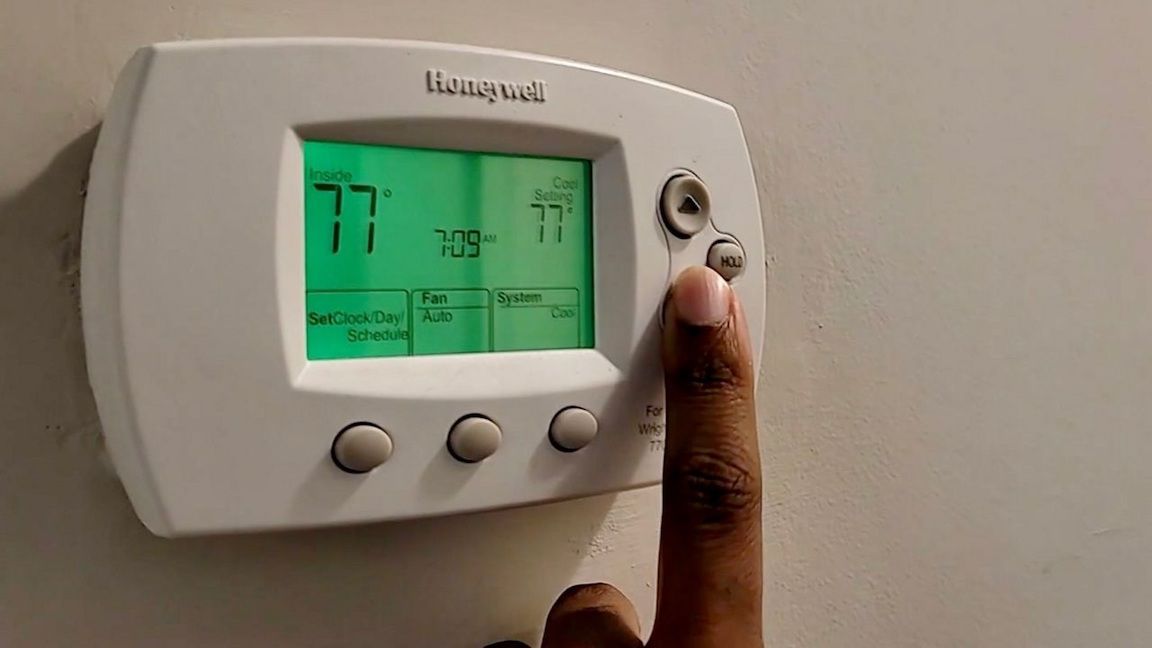State regulators should exercise stronger oversight of New York's utilities after ratepayers were slammed with higher energy costs last winter, a report released by the state Senate Investigations and Government Operations Committee found.
The report details how New Yorkers paid utility bills that sharply increased last year amid a variety of factors like Russia's invasion of Ukraine to the full decommissioning of the remain two nuclear reactors in Westchester County leading to a greater reliance on natural gas.
The committee, led by Hudson Valley Democratic state Sen. James Skoufis, proposed a variety of steps regulators could take in order to get a handle on costs. At the same time, the committee's report backed legislation meant to relieve billing pressures as well.
The report comes as New Yorkers are once again in the middle of a winter facing higher energy costs. The investigation, launched in March 2022, reviewed the causes of consumer energy costs in New York and its effects on New Yorkers while at the same time recommending steps to guard against future price increases.
New Yorkers are paying the highest natural gas prices in at least a decade, the report found, with residences purchasing electriciity at prices from August 201-22 at the "greatest levels in at least a decade." Whole prices for electricity increased from an average price of $25.70 per megawatt hour in 2020 to $47.59 per megawatt hour a year later, according to the report.
States across the country, meanwhile, have had to increase exports of liquefied natural gas amid global pressures like the ongoing war in Ukraine.
The decommissioning of Indian Point Energy Center's two nuclear reactors in Westchester County has "directly led to additional reliance on natural-gas fired power generation" to meet New York City's energy needs.
"It is unsurprising we find ourselves in an extended age of sustained and increasing energy costs, as the dire scenario forecasted came to fruition in New York where most electricity is produced by natural gas-fired power plants," the report concluded.
The confluence of events has led to higher bills paid by New York households over the last year as higher energy costs have become more unpredictable.
The report backed legislation introduced by state Sen. Michelle Hinchey meant to ease costs for consumers including measures that would reimburse customers at a rate equal to lay payment charges when there are overestimates that result in overpayments.
Another measure, introduced by state Sen. John Mannion, is meant to expand the enrollment of low-income New Yorkers in energy assistance programs and defer late charges for people who are receiving benefits.
Lawmakers also outlined steps regulators at the Public Service Commission and the Department of Public Service can take, including have standardized requirements for utilities to communicate with customers about costs and billing. The report also recommended "greater scrutiny" by regulators of utility hedging plans that are meant to lock in prices for a period of time.
And the report supported a measure meant to expand the construction of renewable energy sources in order to reduce reliance on fossil fuels, known as the Build Public Renewables Act.
The proposal comes as New York in the coming years is set to transition away to more renewable forms of energy, a major challenge that will change how New Yorkers power their homes, offices and cars, by the middle of the century.



